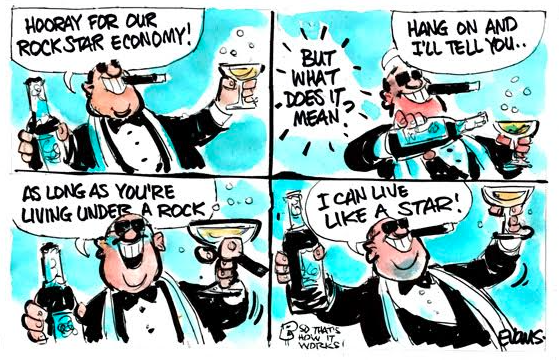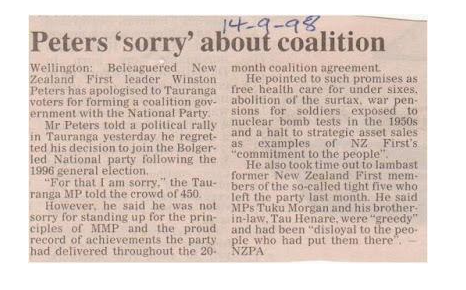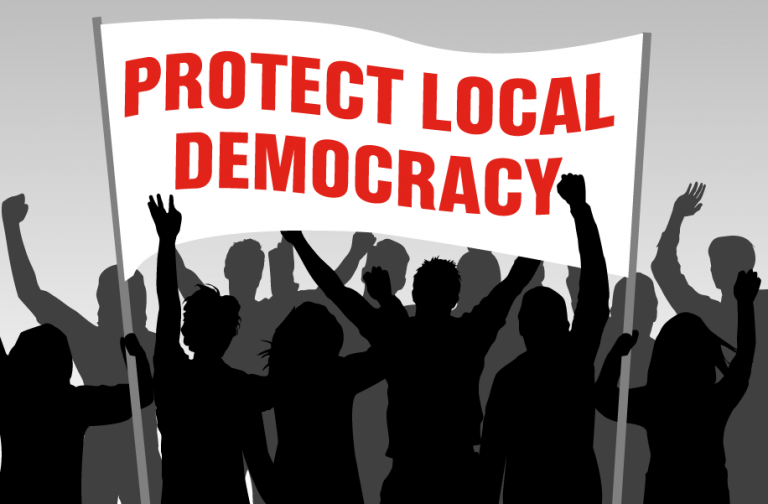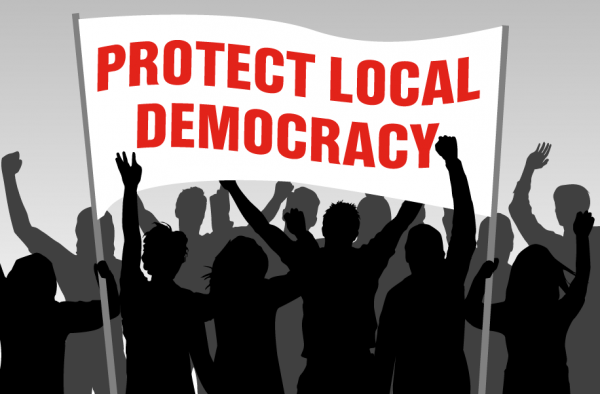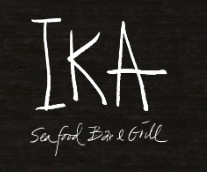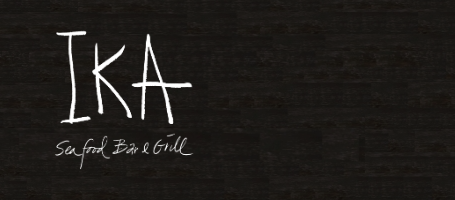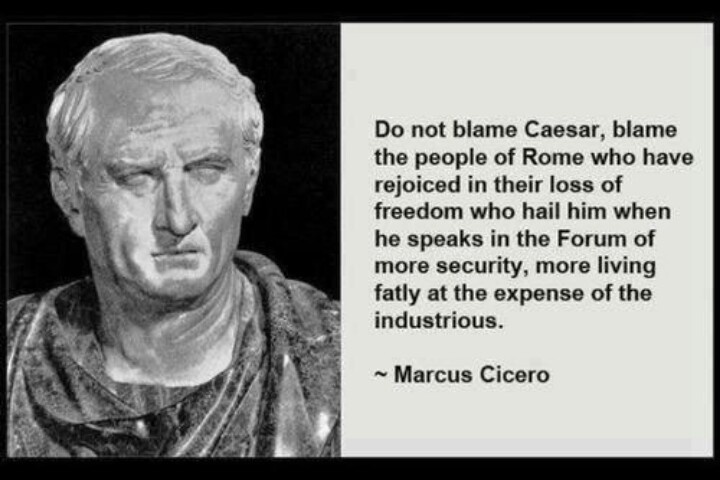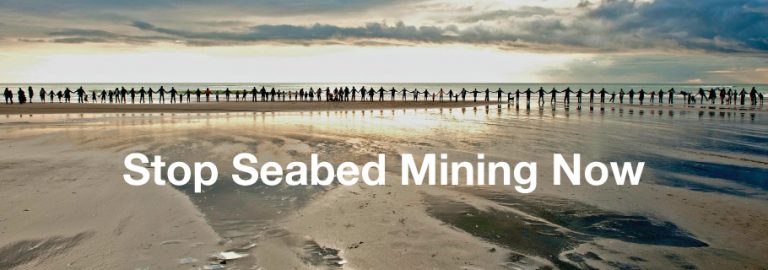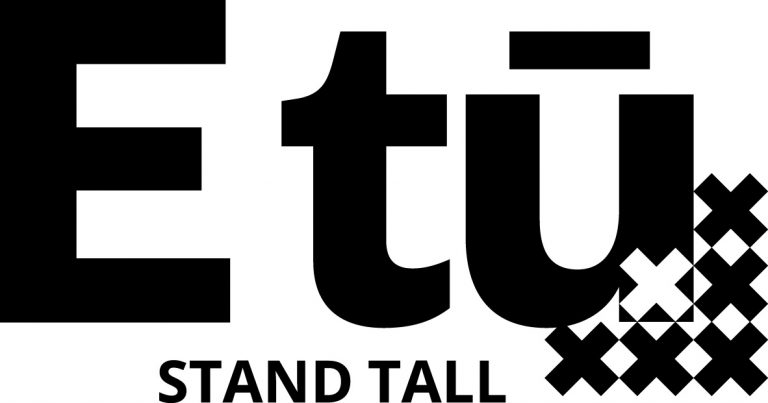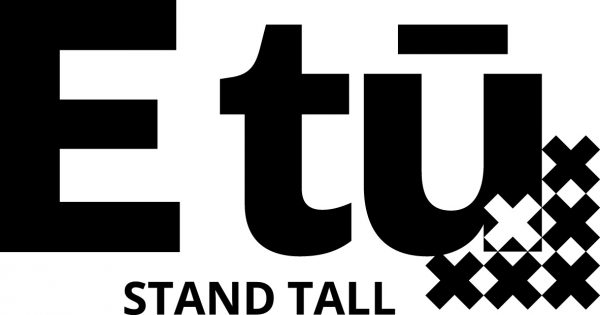
In response to my recent article on US imperial wars some people objected to my characterisation of the US empire. I wrote: “In global terms the US has never been more powerful” and some were quick to point out that the US empire is very weak. To those people I want to say that we are both right, but the weaknesses of the US empire do not generally affect its functioning. One day these weakness will become very, very important, but we cannot predict when that will be. In the meantime, critics of US empire undermine themselves by their focus on weakness, which often leads to millenarian predictions of immanent collapse.
To explain, I will begin by giving shape to the empire’s dynamic of power and weakness. There is nothing new in suggesting that empires can become victims of their own success. “Imperial overreach” is a common enough term and it is clearly worrying at least one imperialist (Zbigniew Brzezinski, whom I will discuss further at a later point). However, while the established language of “stretch”, “overextension” and “centrifugal forces” evoke 2 dimensions, I want to suggest that we visualise the empire in 3 dimensions.
2-dimensional metaphors of imperium are cartographic in origin. They reflect the logistical, strategic and tactical concerns of an empire of military, bureaucratic and economic control. The irony is that the imperial quest to conquer and tame geography is also a process of transcending geography with institutions and communications which erase differences and distances. Geography is still important in many respects, but I think we need to visualise the totality of empire in an abstract way, because in some important ways it has become a post-geographic empire wherein many important connections exist without physical proximity. This changes some facts of empire, even if others remain the same.
For example, the British had to worry about the “agency problem” in India which could be epitomised by, say, an East Indian company employee marrying a local woman and setting up in business with his new in-laws. This was very common, and the response from the Empire was to create a segregationist and anti-miscegenation racial discourse (and to ship young British women to India in bulk consignments). In contrast, the US can send agents to any country without such worry due to transnationalisation and global mobility. Though there is still a bias towards people of European descent, diplomats, spies, contractors, investors, missionaries, and garrisoning troops are ever more likely to be people of colour. Far from needing to keep its people separate, the US empire is benefiting from its ability to send agents who have ethnic origins and family ties to the neocolony in question. Meanwhile comprador oligarchs (especially in the Western hemisphere) are educated in the US and may have residences and business concerns in the US. The nationality on your birth certificate might limit your power at the highest levels (unless Trump and the “birthers” are correct), but there is still an international imperial elite including many non-US nationals who wield great power.
My proposal for an abstract 3-dimensional model of imperial power is a foam of conjoined bubbles. Each bubble represents a discrete institution of imperial power relations has the properties which we associate with metaphorical bubble such as a price bubble.
Imperial power relations are bubbles because the empire is a structure which puts power into the hands of the few. As Antonio Gramsci famously observed there must be “Consent” to domination, and as Gandhi noted: “We in India may in moment realize that one hundred thousand Englishmen need not frighten three hundred million human beings.” This sets up a dynamic that necessarily inclines towards an increasing but individually unsustainable concentration of power with the necessary increase of coercive power being a threat to the “hegemony” that maintains the consent of the governed.
Not every aspect of imperial power replicates the dynamics of an economic bubble, but I think that enough do to make the generalisation valid. In the resulting imperial spume each bubble; such as petrochemical hegemony, financial hegemony, or entertainment media hegemony, must individually expand or die, but the conjoined bubbles can artificially prevent a bubble burst, or may at other times simply fill the space so that the imperial mass continues with little diminishment. But as the bubbles continue a general trend of expansion there will be an increasing number of bubbles large enough that the bursting will set off a chain reaction. Theoretically there will come a point where the increasingly dominant and powerful empire will be susceptible to complete collapse from the tiniest pin-prick.
The problem is that the system is too complex for us to predict. We don’t know where we are at. The empire has responsive institutions, so vulnerabilities that are predictable are compensated for. This itself feeds the processes of inflation. To use another analogy, perhaps the future will bring a giant iceberg of imperial weakness which is foreseen, but cannot be avoided. It is possible, but the empire is constantly steering among icebergs. I think it is more likely that one day an unforeseen fault will cause a cascade failure, destroying the ability to steer. After that we can spend all the time we want arguing whether it was the unforeseen fault or the giant and obvious iceberg which is to blame (or praise) for the empire’s collapse.
Because of this unpredictability, the weaknesses of the US empire are significant potentialities, but they have little relevance in actuality. For those who oppose empire there is little to be gained fro focussing on imperial weakness.
I count myself among those who has a bias towards perceiving the inherent weakness, contradiction and self-defeat built into imperial expansion. We do not want to think of the empire as a “success” in any terms. We do not want to think that the mass-murderers of Washington DC might go to their graves believing that they have been on the side of the angels. We do not even really want to admit war and genocide can be used successfully to advance the interests of US empire. We want people to understand that nobody truly benefits from the cruel crimes of empire.
I do not want to believe that the US empire “wins” all the time, but I know that that is the real nature of empire. With very few exceptions it will always leverage from its superior power and will win every conflict eventually. Every time the US empire seems to be handed a defeat, it is only a matter of time before it becomes a US victory. In 1950 the US was worried about an independent Viet Nam becoming an industrialised socialist regional hegemon. Now Viet Nam is a poor neoliberal source of cheap labour that has signed the TPP and lets US warships use Cam Ranh bay and Haiphong harbour. The Phillippines evicted the US military in 1992, to much acclaim, but they were back a decade later and have been increasing their presence ever since (including announcing of 5 new bases in recent months).
They are also hard to stop when they decide to go to war. 3 years ago, after protest had prevented US bombing of Syria, I wrote “Though apparently thwarted in its efforts to justify action against Syria, the US is likely to continue looking for cracks in the wall of opposition and will exploit any opportunity to act, relying on its well established impunity.” Sure enough, in time the US began bombing Syria, having found a completely different rationale that coincidently meant they needed to bomb the country they had wanted to bomb for unrelated reasons just months before.
In Latin America, just a few years ago it seemed that the tide had turned decisively and enduringly against Usanian dominance, but now: Dilma Rouseff has been ousted; Venezuela is nearing collapse under the strain of US economic warfare and sabotage; Mauricio Macri plunged Argentina back into the deepest depths of neoliberalism; post-coup Honduras is rife with right-wing death squads; Rafael Correa will not be standing in the upcoming Ecuadoran election; and the historic peace-deal in Colombia has actually given a platform and relevance to mass-murderer Alvaro “I did it because it was a necessity” Uribe who is leading the right-wing campaign against peace (50 years of killing is apparently not enough).
In Europe, NATO has expanded to Russia’s borders in numerous places. India is now clearly in the US camp, a factor that should not be underestimated. Under AFRICOM (established 2002) the US military is now deeply entrenched and highly active throughout most of Africa. US military capabilities on the borders of rivals and enemies become ever more menacing with deployments such as the THAAD missiles in ROK, and ABM missiles in Romania and Poland.
The US remains the largest arms exporter and provider of military “aid”, but there has been a qualitative shift that increases the dependency of its clients. US weapons systems, and the insistence on “interoperability” amongst allies and clients, are now such that many military activities require US contractor or military personnel for maintenance. This gives the an unprecedented lever of control that supplements the military aid and training programmes that ensure that officers in the neocolonies are loyal to the empire. In direct terms the US can also, under circumstances decided by itself, take control of the massive and well armed forces of the Republic of Korea (ROK). Moreover, though its sidekick the UK has dropped from 2nd to 5th in military spending, it is now the second biggest arms dealer in the world.
The US has been proliferating missile defence systems which are designed to prevent retaliation from Russia after a massive US nuclear attack. This alone is causing dangerous instability, but the US is also trying to blur the lines between nuclear and conventional weapons to make them more “thinkable. Complementing this is a very expensive nuclear modernisation programme that includes many smaller “tactical” munitions.
In conventional terms the US also has excessive and peerless firepower. The US has 10 massive “supercarriers” currently in service. There total displacement is close enough to be called a megaton (1,000,000 tons). In contrast, adding all other countries aircraft carriers together you get under 200,000 tons of displacement (one fifth of the US strength). Total US naval size is 4 times that of its nearest rival (Russia): quote “the U.S. war fleet displaces nearly as much as all other warships in the world’s navies, combined.” Given that is also has the highest nuclear and conventional payloads, and the greatest technological sophistication, it is fair to say that the US Navy is considerably more powerful than all other navies combined.
In military terms the US is unquestionably a greater power now that it was in the past, and it is the greatest military power in world history.
The US has also gone from strength to strength in being able to impose economic control and in coercing and bribing governments into signing over economic sovereignty to the empire’s corporate arm. Once again it seems that the US empire never has to concede defeat, it merely bides its time and finds a new way forward when checked. The anti-globalisation movement in the late 1990s seemed spell the end of the march of neoliberalism. Indeed the Doha round of WTO negotiations, which started in 2002 and still continue, were hijacked by notions of development and welfare. Undeterred, the US has turned to bilateral and regional multilateral deals which further US hegemony and neoliberal governance. Now it gets to exploit the synergies that result from having its fingers in so many pies. The TPPA and TTIP, for example, also function to isolate China and Russia. We may still be holding a good fight against the TPPA, but the fact that the US could muscle in on someone else’s trade deal and then pervert in entirely to their own cause and then get the government’s concerned to sign the deal. Now many believe that TTIP is dead in the water. I would caution that there was a period when the TPPA also seemed dead (some say it is now), but stalled is not the same as dead.
The forces wanting these agreements are not going anywhere and no one is actually dismantling the process to this point. With the TPPA in particular, even if ratification becomes indefinitely delayed popular outrage, we don’t have a realistic way of getting the deal off the table altogether. This is a ratchet system, it can only go one way and it moves that way every time public pressure is relaxed or confounded.
Even if we defeat TPPA and TTIP, then there is already the Trade in Services Agreement (TiSA) which “imposes unprecedented restrictions on SOEs and will force majority owned SOEs to operate like private sector businesses.” As George Monbiot writes: “TTIP has been booed off the stage but another treaty, whose probable impacts are almost identical, is waiting in the wings. And this one is more advanced, wanting only final approval. If this happens before Britain leaves the EU, we are likely to be stuck with it for 20 years.”
We seem to have no means of reversing the progressive loss of economic sovereignty. Each individual country knows that they will be hammered if they take the first step. Thus in those periods where a country might be lucky enough to have a government that has a level of benevolent intent, they are constrained to trying to beautify our prison cells with some flowers and maybe (if we are really lucky) a comfortable vermin-free mattress. They provide insufficient and, above all, precarious well-being in a world where inequality has become a rampant cancer, as dangerous as it is obscene and surreal. Billionaires now own over $US7 trillion in wealth.
The empire can think up new ways of robbing and enslaving the people of the world because it owns our governments, it owns our bureaucrats, it owns our spooks, it owns our generals. As for multinational corporate interests (and their legions of lawyers and lobbyists and PR hacks), well the empire owns them and they own the empire (or is that the other way around?)
At the launch of a left-wing think tank author and academic Nick Srnicek said: “Neoliberalism is dead, and we have an opening to produce something new.” He is right, but wrong. His diagnosis is no different from what was said by people like him after the Asian Financial crisis 20 years ago. We must build intellectually robust counterarguments to neoliberalism, but we should realise it does not actually need to be intellectually valid to continue. You cannot kill that which does not live. Likewise, it is wrong to think that the rise of right-wing populism means an end to neoliberalism. It is a scam, and you don’t have to believe in the lies to perpetuate them or use them. Srnicek thinks that Trump is anti-neoliberal, which is what a lot of Argentinians thought about Mauricio Macri. Macri (who laid off 100,000 public sector workers in his first 3 months and deregulated labour laws for the benefit of employers) has just announced an end to energy subsidies which will cause a 400% rise in gas prices. Combined with Macri’s earlier move to raise wholesale electricity prices this will mean increases in power bills of up to 700%.
I think it is great, wonderful and necessary that we use the term “neoliberalism” as a catch-all term. It helps us draw links between the policies of our own governments and the international trends, and now people are grasping the fact that it has an authoritarian side. But I would caution against treating it as deriving its coherence from an ideology. As David Harvey pointed out in A Brief History of Neoliberalism neoliberals do not play by the rules they espouse.
Neoliberalism isn’t really particularly neo, it is just a new bottle for the old sour wine of market fundamentalism (as Fred Block explains in this interview). In practical terms, for example, Herbert Hoover was indistinguishable from a neoliberal except that he was less slick. In reality, the final nail in the intellectual coffin of market fundamentalism came before neoliberalism even existed. It was the work of economic historian Karl Polanyi whose unrefuted 1944 book The Great Transformation showed that market fundamentalism always was a bunch of crap going right back to its first policy applications in the 19th century. Polanyi also found exactly the same double standards in 19th century British laissez-faire that Harvey found in its modern incarnation, quoting a US Treasury Secretary who complained that the British Empire’s policy was “do as we say, don’t do as we do”.
Thus, neoliberalism always was an undead ideology of Zombie Economics. Personally I find it hard to believe that people take something like Friedrich Hayek’s The Road to Serfdom seriously but clearly, like Ayn Rand, he is tapping into the hidden desire for absolution that obviously afflicts the wealthy and the bourgeois. It must be something like that, because it is a really pathetic book. First Churchill and then Thatcher had tens of thousands of copies distributed free to the Conservative Party faithful like it was the Tory Bible, or Little Red Book.
The thing about zombies is that, however shambling, they are hard to stop. There have been few sour notes in the orchestrated global advance of neoliberal imperialism. There have been thorns in the sides of the US – nation-states that just won’t play ball – but the empire has the time and expanse to quarantine such naughty countries until such time as they can crushed. People call the US weak, but they are destroying Syria now at no real cost to themselves. Syria was on a list, as was Libya. People point to Libya and call the intervention a failure, but Libya is fucked and it hasn’t hurt the empire in any way. Mission accomplished, surely? And then there is Iraq. Iraq, which would be an incredibly rich nation without intervention, is barely holding together. It is so divided that any powerful outsider (not just the US) can destabilise it. This is a clear win for the US, and they used the Iraq invasion to give $US19 billion of Iraq’s money to US contractors like Halliburton. Iraq now spends billions in oil money each year to buy US weapons and is completely dependent on US support to keep its government in one piece.
After what the US has done to Iraq, no one should think that Iraqis want the US there, but people still call the 20-year genocide a “failure” and a “tragic error”. It is an evil master-stroke, not a mistake. The empire is only threatened by such action in that eventually it may over-reach, so each success carries the germ of potential disaster. As I mentioned at the beginning though increased power and increased fragility go hand in hand. Maybe a collapse of the empire will come, but until that time the empire’s power is an actuality, but its weakness is only a potential.
People who develop the habit of announcing the immanent demise, or even just the weakness of the US will eventually find themselves in the same position as those cultists who have to sheepishly keep pushing back the date of the apocalypse as each predicted end-time passes without the end actually happening. Historians Joyce and Gabriel Kolko spent decades emphasising US weakness in foreign policy, beginning during the US war in Indochina. At each point, over the decades of writing, it seemed valid to highlight this supposed weakness, but if you trace their work through time that aspect of the work becomes ridiculous, which in turn brings into question their very understanding of the empire. Sun Tzu advised: “When you are strong, appear weak”.The Kolkos let themselves be misdirected. They let their desire for a more just world lead them astray.
The empire’s weaknesses are its contradictions, which is another way of saying what I wrote in the title: more power is more weakness. But the potential weakness only affects the empire in the here-and-now inasmuch as it causes imperialists to become circumspect and modest. That is not happening. We know it is not because there is an exception to the rule, and that is Zbigniew Brzezinski. He wrote an article this year calling for caution and realignment. However, he is claiming that the US empire is already dead (which could be seen as disingenuous) and that a global realignment has to occur in which Russia and/or China are incorporated. He is basically advocating a global carve-up of the world and his can even be read as an appeal to take substantive control of China and Russia in order to dominate parts of the globe through them (in the same manner that occupied post-WWII Japan was used as a sub-hegemon in East Asia).
Brzezinski is clearly not being 100% honest either. He makes a transparently fake denunciation of “the current inclination of the Saudi government still to foster Wahhabi fanaticism”. Once the obvious lie is removed he is clearly saying that SA (which used to just buy US weapons and not use them) should continue in its new-found warmongering role.
Perhaps Brzezinski is genuinely worried about continued unipolar expansion, and that is what makes him an exception, but his answer is to a problem of empire is more imperialism: a controlled US dominated delegation of power to subordinates: “the United States must take the lead in realigning the global power architecture”. Nevertheless Mike Whitney seized on Brzezinski’s article with glee at the arch-imperialist giving up on empire, and I think he represents a broader tendency to want to see the empire as crumbling. But even if one imperialist did give up on empire, it isn’t much to get excited about it. Moreover, if “giving up on empire” comes in the form of saying that the US should create an new New-World-Order, then I would hate to see what expansionism looks like.
Besides all of that, none of this is new for Brzezinski, and a veteran like Mike Whitney should have remembered that this echoes Brzezinski’s stance from 2006, especially since Whitney quoted him in 2007: “American power may be greater in 2006 than in 1991, (but) the country’s capacity to mobilize, inspire, point in a shared direction and thus shape global realities has significantly declined. Fifteen years after its coronation as global leader, America is becoming a fearful and lonely democracy in a politically antagonistic world.” In fact Brzezinski had much the same stance in 2000 when he published The Geostrategic Triad advocating “The progressive inclusion of Russia in the expanding Transatlantic”. He wanted the US to rule in conjunction with partners dominated by it. The details in his latest article are different (China promoted, Europe demoted, Russia matured), but the essence is the same, a unilateral imperialism that calls itself multilateral and pretends to be pragmatic by being thoroughly overtly repugnant in the name of realism.
Having seen many excited tweets about Brzezinski’s putative turn against empire, I think it is a good case study on which to end. It shows how we fool ourselves, seeking the easiest signs of hope and progress when the outlook is actually daunting and scary. We cannot see what lies ahead. We could be on the cusp of something great or something horrific or a long hard slow battle which we might not win. At the moment we have little control over such things. Any attempt to take a shortcut because of some will-o-the-wisp is counterproductive. We have been dealt a crappy hand, but that is what we have to live with because the masses are unreachable and will remain so until dissidents can offer a coherent comprehensive alternative to empire. That is why Srnicek was correct in his prescription, even if his diagnosis was a bit off.
To paraphrase Gramsci, what we need is accuracy of the intellect and sufficiency of the will, in that order.
TDB Recommends NewzEngine.com
